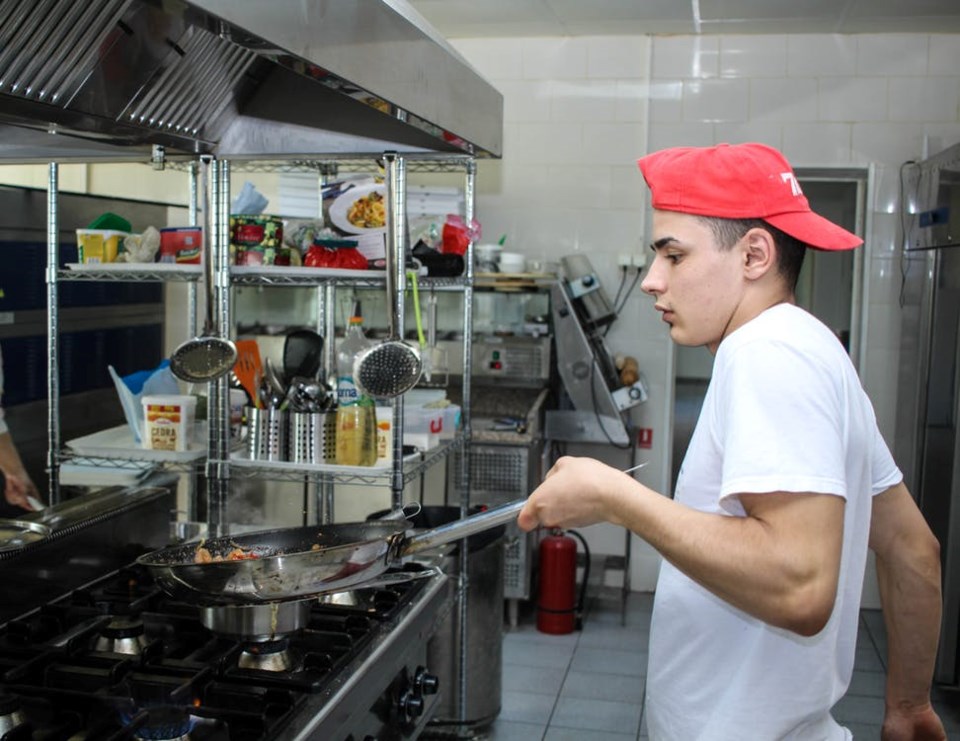A B.C. restaurant group says TV shows portraying kitchen as a “negative and aggressive” place have contributed to the labour shortage in the industry, which is currently affecting Richmond.
The B.C. Restaurant & Food Services Association (BCRFA) conducted a six-month project to study labour shortages in restaurants in the metro Vancouver area and adaptive strategies.
One of the findings is that, TV shows like to make the kitchen look like a hostile workplace, which is misleading and discouraging for operators.
“When you watch TV, you see this person being yelled at, that person being told, ‘you lose; go, you are not on the show anymore.’ There is always something negative and very aggressive,” said Samantha Scholefield, BCRFA project manager.
But she said that’s usually not the case in reality.
“It actually requires a lot of teamwork in the restaurants. Everyone has to work together to make sure you can seat all the people coming in the restaurant as soon as possible,” said Scholefield.
“We want to make sure that we, as an industry in (metro) Vancouver, are telling stories that are actually happening in the kitchen.”
A survey conducted by the BCRFA shows 94 per cent of operators are looking for chefs and cooks and 76 per cent of operators want managers and dishwashers.
Those are the three positions most in need in the restaurant industry.
Scholefield said wages are not the only challenge, as “many of the employees are already getting paid from $15 to mid $20 (per hour), because that’s what the market requires.”
Despite the unfavorable influence of TV shows, a number of other factors popped up during the research, such as demographic challenges.
“Young people are a big part of our restaurant industry; teens from 16 to 24 represent 30 per cent of the workforce. But there are more people retiring than people who enter the workforce,” said Scholefield.
One thing the group will ask for from the B.C. goervnemnt is longer transit hours, and access to ride-sharing, if possible, according to Scholefield.
“The whole area is badly impacted... We need to make sure that there are more opportunities for people to travel early in the morning and late at night, within the region, for people to get to jobs,” she said.
Restaurant owners, meanwhile, need to work on benefits and scheduling to make the position more appealing to employees, according to Scholefield.
“For example, restaurants usually require long hours, but employers and staff can make an ‘averaging agreement,’ to schedule the employees to work 10 hours for four days instead of eight hours for five days,” said Scholefield.
She explained that employees scheduled eight hours per day usually end up working longer than that.
“That has worked very well for employees, because if you know it’s four days and you get three days off, that’s a nice opportunity to do something fun.”
Benefits for part-time workers, or opportunities for employees to receive education, should also be considered by employers, she added.
The report will be sent to the province this month.



